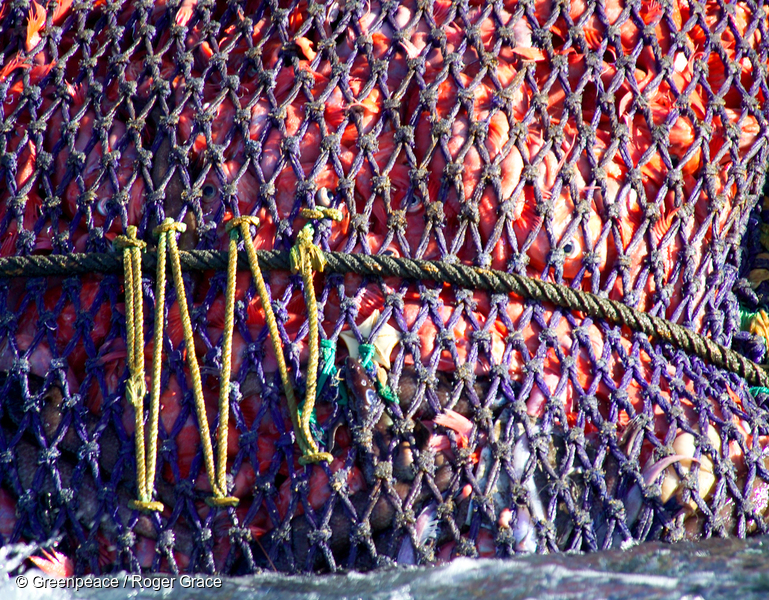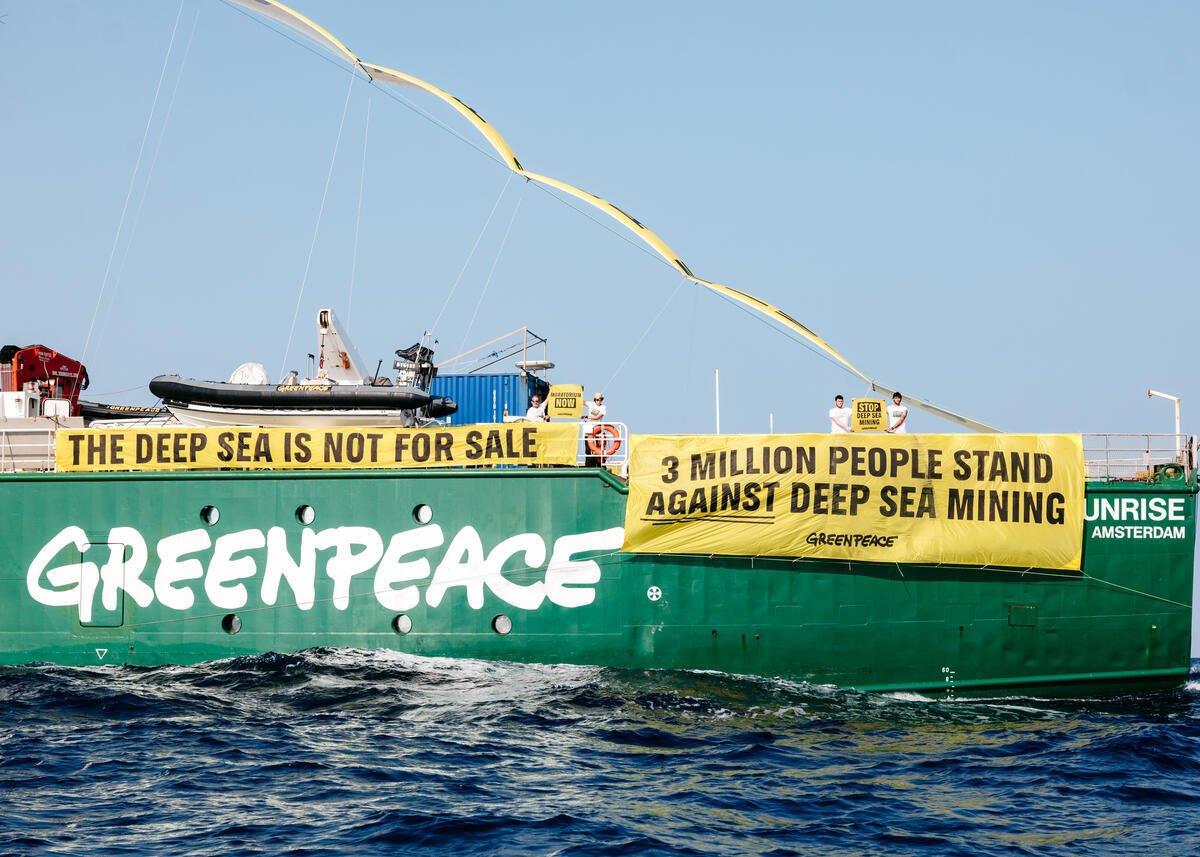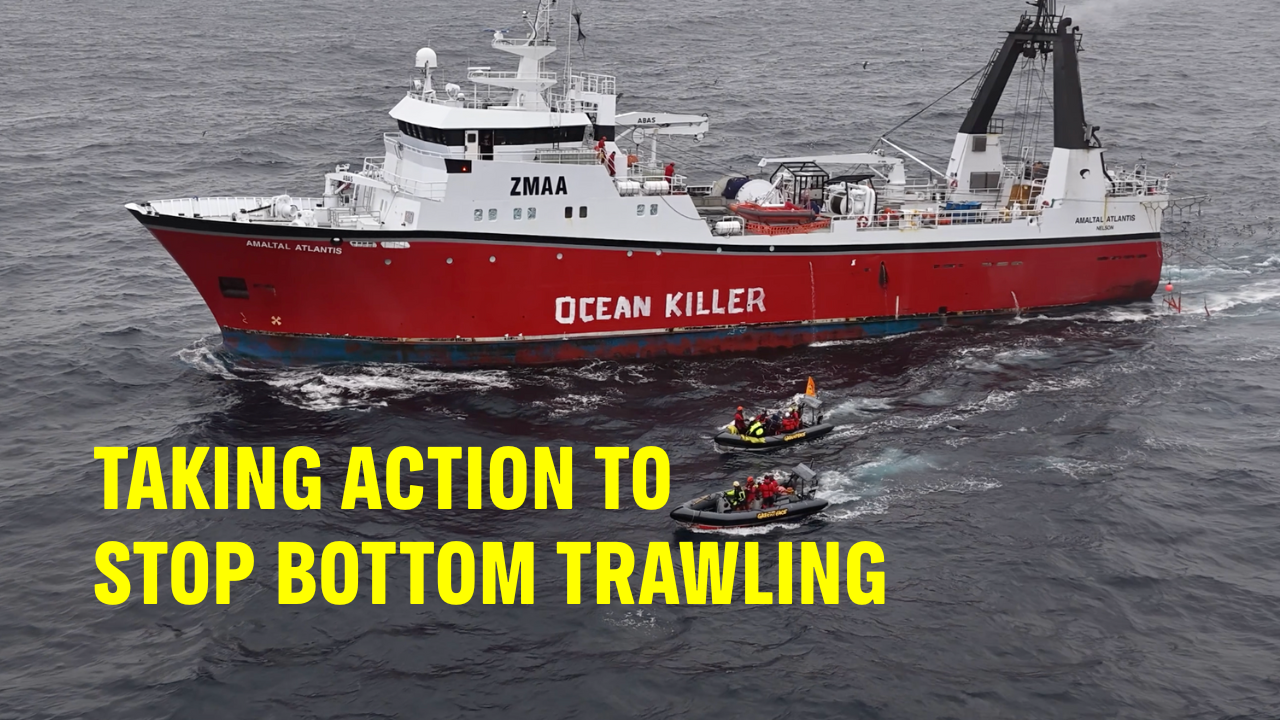- Bottom trawling is a destructive fishing method that involves dragging weighted nets across the ocean floor
- Bottom trawling is bad because it sweeps up everything in its path and damages habitats like coral reefs and seamounts
- Shockingly, New Zealand is 1 of 7 countries that still bottom trawls in international waters
Table of contents
What is bottom trawling?
Bottom trawling is a destructive method of fishing that involves dragging heavy, weighted nets across the sea floor in an effort to catch fish.
It’s popular with commercial fishing companies, because it makes it easy to catch large quantities of fish in one go. But it also damages the seafloor, releasing carbon and killing non-target marine life – like coral, fur seals, dolphins and seabirds.
What are bottom trawlers trying to catch?
New Zealand fishing companies are mostly trying to catch orange roughy and oreo. These deepwater fish are often found around seamounts or underwater mountains. Most of what’s trawled is then exported to China or the United States.
Orange roughy are in decline in many fishing areas, and overfishing from bottom trawling has caused numbers of the deep sea fish to collapse in the past.
Where does New Zealand bottom trawl?
New Zealand commercial fishing companies bottom trawl both within New Zealand waters, including in the Hauraki Gulf, and in international ones.
In fact, New Zealand is one of only seven countries still using this fishing method in international waters. It’s also the only country still bottom trawling in the South Pacific high seas.
Why is bottom trawling destructive?
Bottom trawling is considered one of the most destructive fishing methods because it is highly indiscriminate in what it catches. The heavy, weighted nets destroy the seafloor.
Dolphins, turtles, seals, seabirds and other marine life like coral also get caught and killed in bottom trawl nets, which means the impacts of bottom trawling are widespread.
Bottom trawling bycatch is large
Bottom trawling works by dragging a large weighted net across the ocean floor. These trawl nets catch both the target fish, and everything else in the way.
Many other species are also caught and destroyed as ‘bycatch’. This includes coral, dolphins, turtles, sharks and seabirds like the antipodean albatross.
Latest figures show that 522 seabirds (including albatross) and 152 mammals (including fur seals and dolphins) were killed by bottom trawling over a 12 month period.
Bottom trawling destroys coral reefs
Coral forests are not just important in their own right, but also for the habitats they create. Other creatures find a home within their branches making these areas important, vibrant ecosystems. So when bottom trawling nets are dragged repeatedly over seamounts, they destroy not only the coral forests but also the whole community that formed around them.
Deep sea coral is often slow going and fragile making it vulnerable to bottom trawling. Tonnes of coral are being pulled up in nets every year.
A report released in 2023 showed New Zealand commercial fishers pulled up nearly 200 tonnes of coral over a 13 year period. Bottom trawling was responsible for nearly all of this (99%) coral “bycatch”. But that is likely to be the “tip of the iceberg” as destroyed coral is also left on the seafloor.
Bottom trawling is like deforestation
Think about a forest on land. The ancient trees are worth saving alone. But when you bulldoze a forest, you also lose the whole ecosystem of smaller plants and animals that call it home.
We’ve all felt moved watching the video of a lone orangutan clinging to the last tree as bulldozers level its forest home. But this is happening in our oceans too. Sadly what happens in the deep is so out of sight, it’s simply out of mind for many.
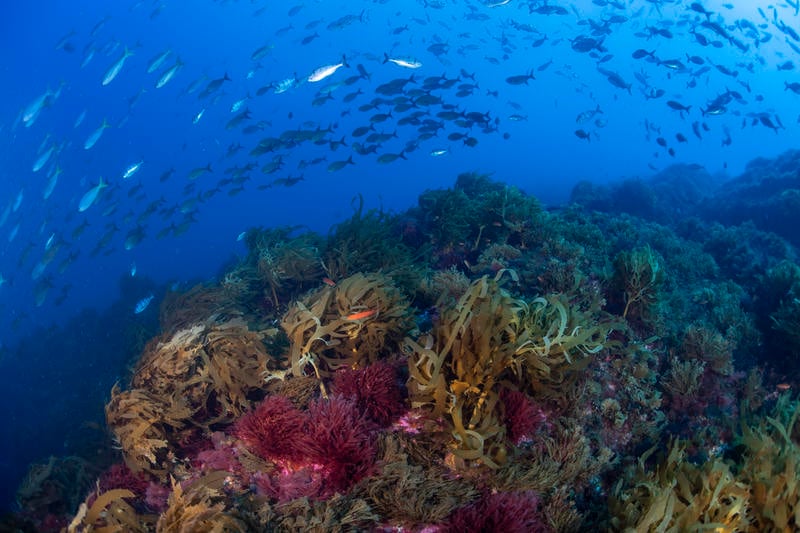
Seamounts are known to be unique ecosystems.
Bottom trawling impacts many, many species
Coral forests, coined the ‘kauri of the ocean,’ act as nurseries for many juvenile fish species and other invertebrates. They are often found growing on seamounts, or underwater mountains. These marine environments are vital for the fish, starfish, crabs, sea urchins, brittle stars, mollusks, sponges, and worms that live there.
Seamounts are also thought to be vital stop-off points for migratory species, like whales. Research suggests some species of whales even use seamounts for navigation and to stop and feed during their long journeys.
Bottom trawling targets diverse and delicate areas
Trawlers target seamounts precisely because they are hot spots for fish and other marine life. Key commercial fish species like orange roughy often hang out on seamounts, so commercial fishers trawl over them to get their catch.
Seamounts are enormous mountains under the sea. They’re covered in unique and diverse lifeforms. On some seamounts, ancient corals create the perfect habitats for a diverse range of life, acting as a nursery and breeding ground for a whole host of creatures.
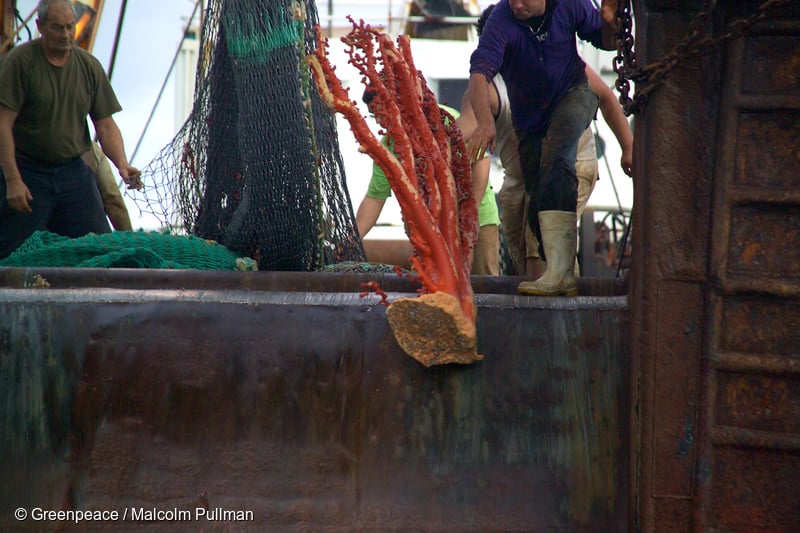
Bottom trawling releases carbon dioxide
Seabed contact methods like bottom trawling contribute to climate change in a big way. Marine sediments are the largest pool of carbon storage in the world. Dragging heavy nets across the seabed disturbs marine sediments, which is the world’s largest carbon sink.
A recent report released by the Parliamentary Commissioner for the Environment showed that bottom trawling is one of the largest threats to releasing carbon from the seafloor in New Zealand.
The carbon is released from the seabed sediment into the water. This can increase ocean acidification, as well as adversely affecting productivity and biodiversity.
Damage from bottom trawling takes years to recover
We know that the world is facing an unprecedented biodiversity crisis. Fishing methods that damage slow-growing ecosystems like coral can no longer be excused.
Scientists agree that we must protect a third of the world’s oceans if we want to save them from collapse. And that means protecting them from devastating activities like bottom trawling.
If we want to prevent more species from going extinct, or joining the growing IUCN red list we must take decisive action. We must restrict activities that are known to destroy and disturb vital marine ecosystems that support life on Earth.
Is bottom trawling illegal in New Zealand?
Bottom trawling is still legal in New Zealand. Bottom trawling occurs in many significant marine areas around the country. This includes on seamounts and other vulnerable areas like the Hauraki Gulf, where bottom trawling has contributed to pushing this unique ecosystem to the brink of collapse.
New Zealand owned fishing companies, such as Talley’s and Sanford trawl internationally and in New Zealand waters. A whole host of companies trawl within our EEZ, that’s the waters within New Zealand’s jurisdiction.
How does New Zealand compare with other countries?
When it comes to bottom trawling, New Zealand is one of the bad guys. We’re one of only seven countries that still bottom trawl in the High Seas – in those areas beyond national borders where laws are hazy. And we are the only country still bottom trawling in the South Pacific High Seas.
In October a New Zealand bottom trawler called The Tasman Viking pulled up 37kg of deep sea corals while trawling in the South Pacific. This happened in an area called The Lord Howe Rise between Aotearoa and Australia and shows how diverse, and vulnerable, this area is to bottom trawling.
New Zealand also blocked measures that would have offered more protection for seamounts in the South Pacific high seas at an international meeting this year.
The United Nation’s advice (Resolution 61/105 – 64/72 – 66/68) is that all vulnerable areas, with precious ecosystems like seamounts, should be closed to bottom trawling. New Zealand signed on to these resolutions but is failing to live to international expectations.
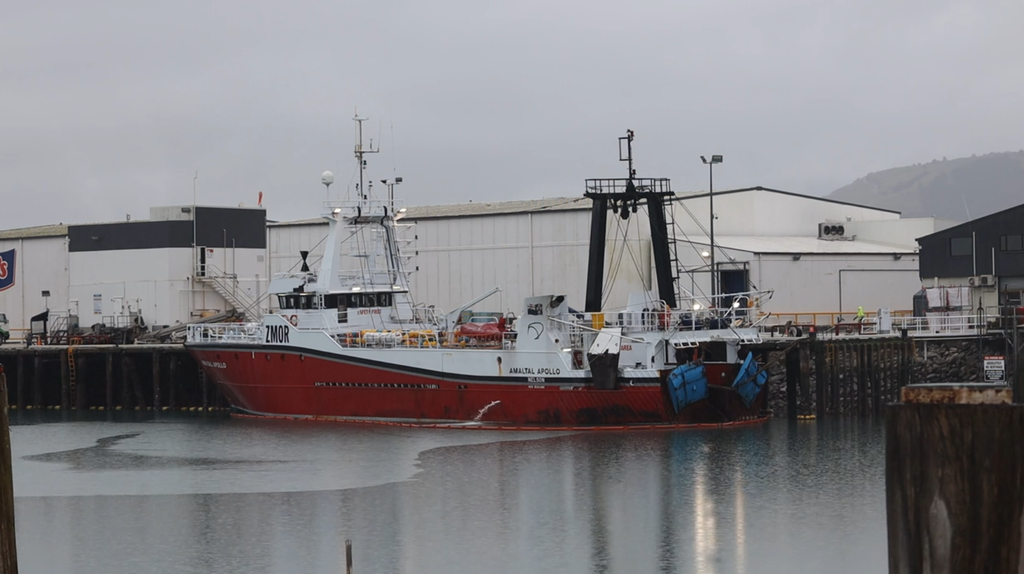
Reasons for hope
Greenpeace has been campaigning hard to protect the oceans for decades.
Alongside our allies DSCC, WWF, Forest & Bird and ECO we’re pushing to get bottom trawling banned from where it does the most harm, in vulnerable areas like the Hauraki Gulf, and on seamounts and other biodiverse underwater hills, knolls and rises.
We’re also campaigning for vast ocean sanctuaries on the high seas, including in an area between Aotearoa and Australia. These fully protected areas on the high seas would allow marine life from coral to whales and seabirds to thrive, free from the threat of bottom trawling. Sanctuaries would also help protect the climate.
Scientists agree that protecting 30% of the world’s oceans by 2030 will help limit the worst effects of climate change and loss of biodiversity. Global ocean sanctuaries will help achieve this goal.
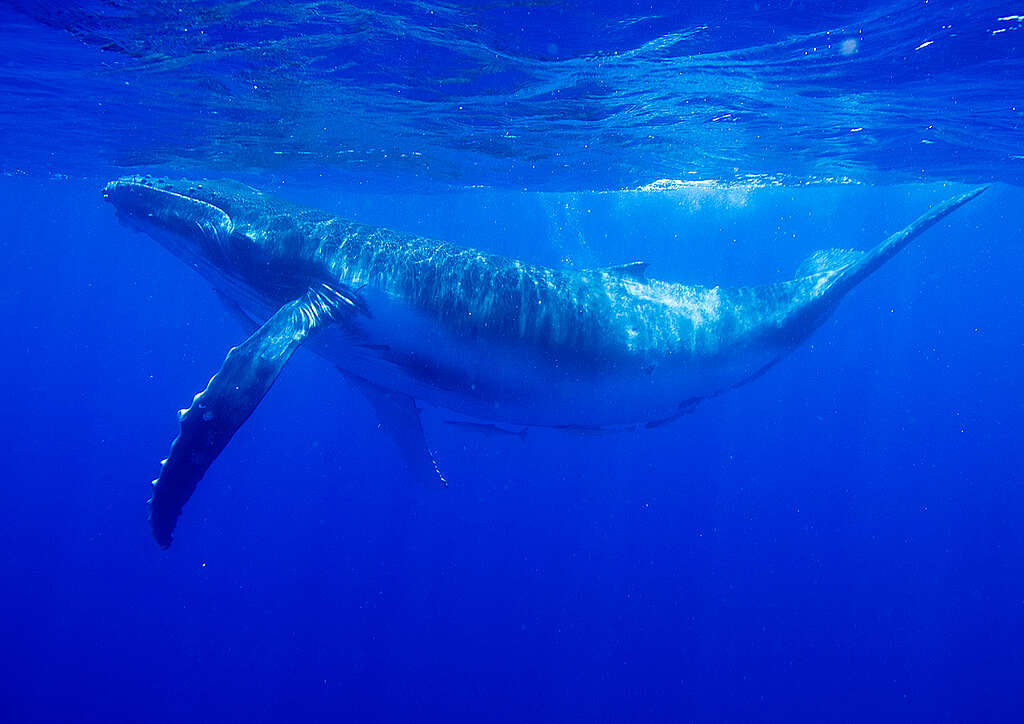
Call on the Foreign Affairs Minister Winston Peters to create new global ocean sanctuaries and protect our blue planet.
Sign the petition

